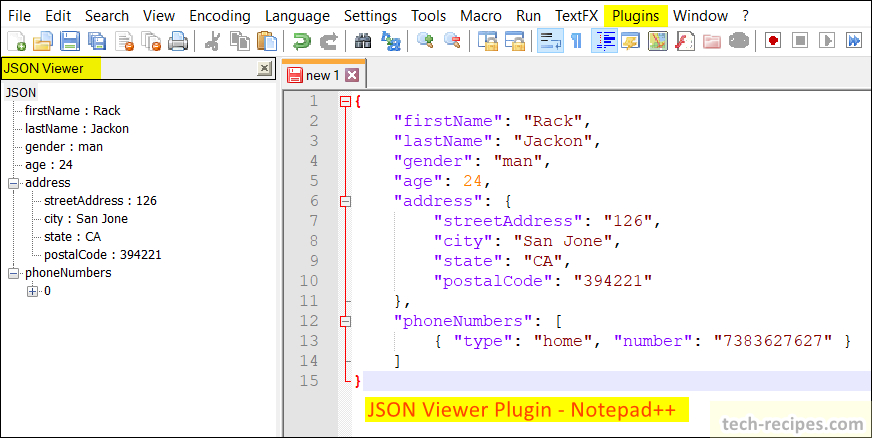
Power BI receives only the data that you need, and none that you don’t, for a cleaner and more useful table. Transformation parameters set in advance - data is automatically transformed in Dataddo before loading to Power BI no extra fiddling on your part. A stronger data connection to minimize breakdowns in your Power BI dashboard. Though it involves adding another platform to your existing data architecture, using Dataddo to move your JSON data into Power BI has a plethora of benefits, including: If you'd prefer, the Dataddo team will also create the connector on your behalf at your request! What makes Dataddo the better option?ĭataddo’s universal connector is a great solution for anyone who needs to pull frequently-updating data from a web address API that returns a. Choose an HTTP request method, and optional HTTP Headers and Body. 
No need for concern in case this isn't your wheelhouse - Dataddo provides personalized support to take you through it.Ĥ. This is necessary for Dataddo to be able to refashion your data into the metrics and dimensions you require.
JSON QUERY ONLINE HOW TO
Define a short script to instruct the transformation pipeline on how to transform your data. Input the URL for the API endpoint and provide authorization credentials, if necessary.ģ.
From within your Dataddo control panel, click “New Source”.Ģ. To set it up requires some technical knowledge, but Dataddo’s support team is available 24/7 to walk you through it. json file using the “ universal connector.” Data from your source is funneled into Dataddo and transformed into a 2D table before being loaded to Power BI. 
(Note: in order to import a file from the web, you can also use the steps for loading a local file, but enter a web address into your local file browser instead of a file name.) JSON to Power BI using Dataddoĭataddo is a data management platform that gives you the option to create custom data source connections to any API that returns a. Follow additional credential prompts until you reach the Query Editor for transformation. Within the Power Query Editor, choose “ Web connector” from the connector selection after clicking “Get Data.”ģ. json file from the web (usually a URL),ġ. This process will launch the Power Query Editor, where you can transform the data if needed. You’ll then need to enter additional information for Power BI to access and read the file, such as the local path to the JSON file, an on-premises data gateway, and your authentication credentials for password-secured servers.Ĥ.


A local file browser will appear, where you will select the.
Click on Get Data from the Power BI home page and choose Files > Local File from the connector selection.Ģ. Power BI offers a couple different ways for you to use JSON to connect your data sources: via a local. What do we do when we suddenly find ourselves needing to use JSON to funnel your business data into dashboarding services like Power BI? If your data is in a JSON format, you can either connect an immutable file directly into Power BI, authorize Power BI to gather data from a URL, or use a third party data connection platform like Dataddo to create a stable, live connection to your data source.








 0 kommentar(er)
0 kommentar(er)
